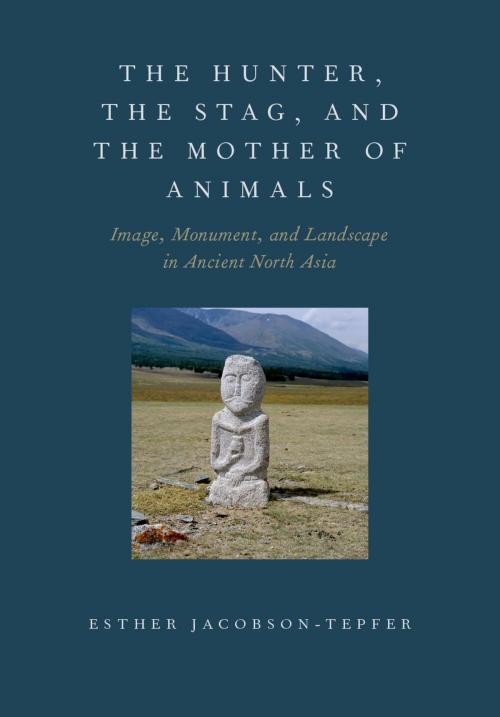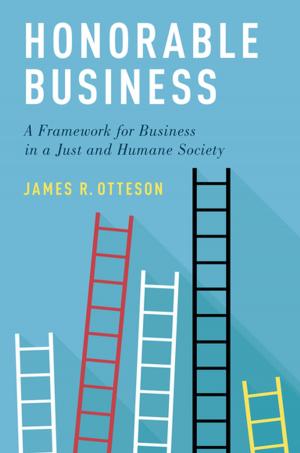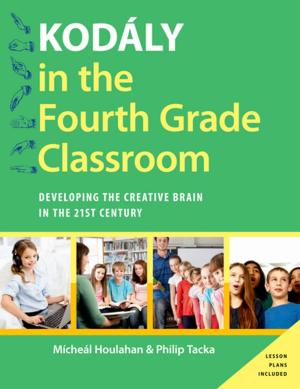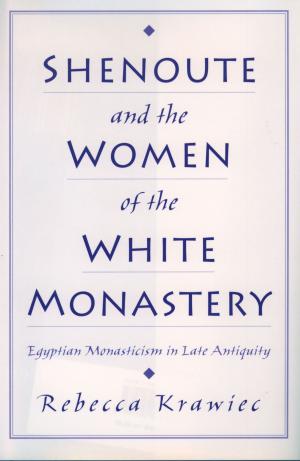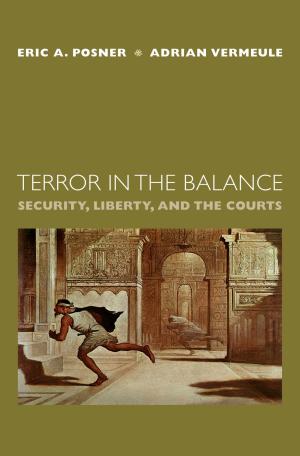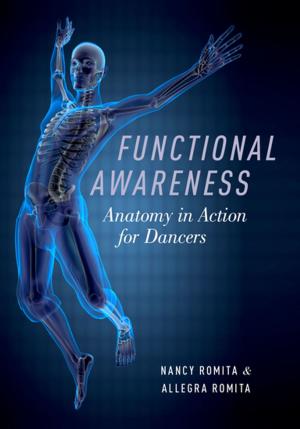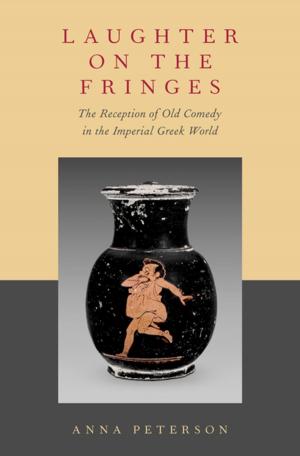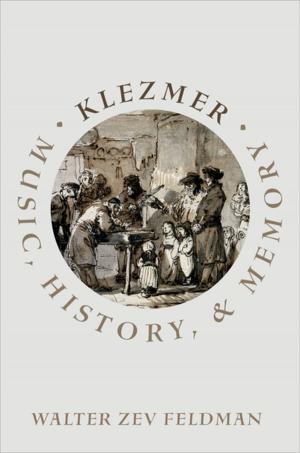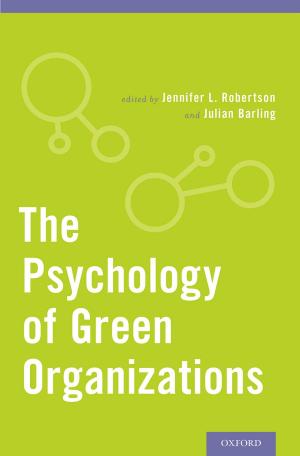The Hunter, the Stag, and the Mother of Animals
Image, Monument, and Landscape in Ancient North Asia
Nonfiction, Social & Cultural Studies, Social Science, Archaeology, Art & Architecture, Art History, History| Author: | Esther Jacobson-Tepfer | ISBN: | 9780190272838 |
| Publisher: | Oxford University Press | Publication: | May 6, 2015 |
| Imprint: | Oxford University Press | Language: | English |
| Author: | Esther Jacobson-Tepfer |
| ISBN: | 9780190272838 |
| Publisher: | Oxford University Press |
| Publication: | May 6, 2015 |
| Imprint: | Oxford University Press |
| Language: | English |
The ancient landscape of North Asia gave rise to a mythic narrative of birth, death, and transformation that reflected the hardship of life for ancient nomadic hunters and herders. Of the central protagonists, we tend to privilege the hero hunter of the Bronze Age and his re-incarnation as a warrior in the Iron Age. But before him and, in a sense, behind him was a female power, half animal, half human. From her came permission to hunt the animals of the taiga, and by her they were replenished. She was, in other words, the source of the hunter's success. The stag was a latecomer to this tale, a complex symbol of death and transformation embedded in what ultimately became a struggle for priority between animal mother and hero hunter. From this region there are no written texts to illuminate prehistory, and the hundreds of burials across the steppe reveal little relating to myth and belief before the late Bronze Age. What they do tell us is that peoples and cultures came and went, leaving behind huge stone mounds, altars, and standing stones as well as thousands of petroglyphic images. With The Hunter, the Stag, and the Mother of Animals, Esther Jacobson-Tepfer uses that material to reconstruct the prehistory of myth and belief in ancient North Asia. Her narrative places monuments and imagery within the context of the physical landscape and by considering all three elements as reflections of the archaeology of belief. Within that process, paleoenvironmental forces, economic innovations, and changing social order served as pivots of mythic transformation. With this vividly illustrated study, Jacobson-Tepfer brings together for this first time in any language Russian and Mongolian archaeology with prehistoric representational traditions of South Siberia and Mongolia in order to explore the non-material aspects of these fascinating prehistoric cultures.
The ancient landscape of North Asia gave rise to a mythic narrative of birth, death, and transformation that reflected the hardship of life for ancient nomadic hunters and herders. Of the central protagonists, we tend to privilege the hero hunter of the Bronze Age and his re-incarnation as a warrior in the Iron Age. But before him and, in a sense, behind him was a female power, half animal, half human. From her came permission to hunt the animals of the taiga, and by her they were replenished. She was, in other words, the source of the hunter's success. The stag was a latecomer to this tale, a complex symbol of death and transformation embedded in what ultimately became a struggle for priority between animal mother and hero hunter. From this region there are no written texts to illuminate prehistory, and the hundreds of burials across the steppe reveal little relating to myth and belief before the late Bronze Age. What they do tell us is that peoples and cultures came and went, leaving behind huge stone mounds, altars, and standing stones as well as thousands of petroglyphic images. With The Hunter, the Stag, and the Mother of Animals, Esther Jacobson-Tepfer uses that material to reconstruct the prehistory of myth and belief in ancient North Asia. Her narrative places monuments and imagery within the context of the physical landscape and by considering all three elements as reflections of the archaeology of belief. Within that process, paleoenvironmental forces, economic innovations, and changing social order served as pivots of mythic transformation. With this vividly illustrated study, Jacobson-Tepfer brings together for this first time in any language Russian and Mongolian archaeology with prehistoric representational traditions of South Siberia and Mongolia in order to explore the non-material aspects of these fascinating prehistoric cultures.
